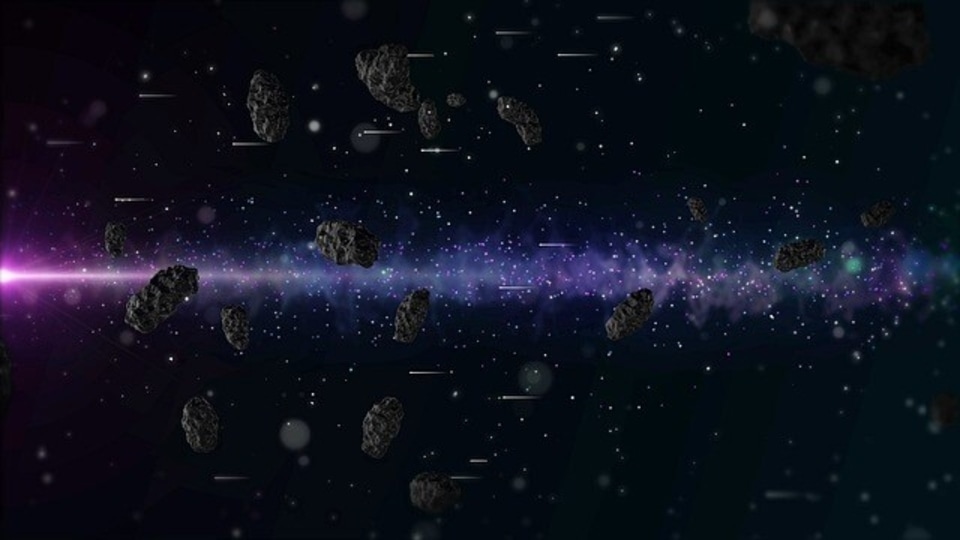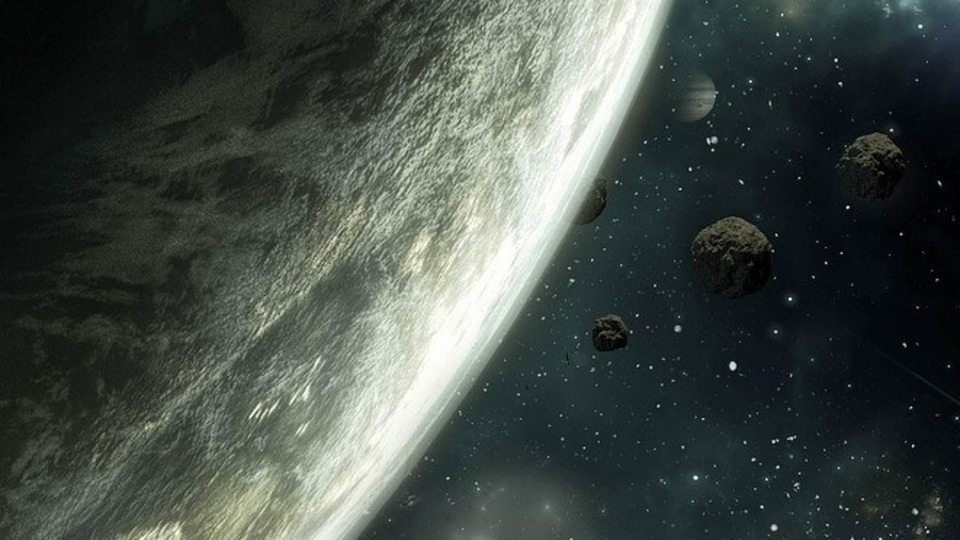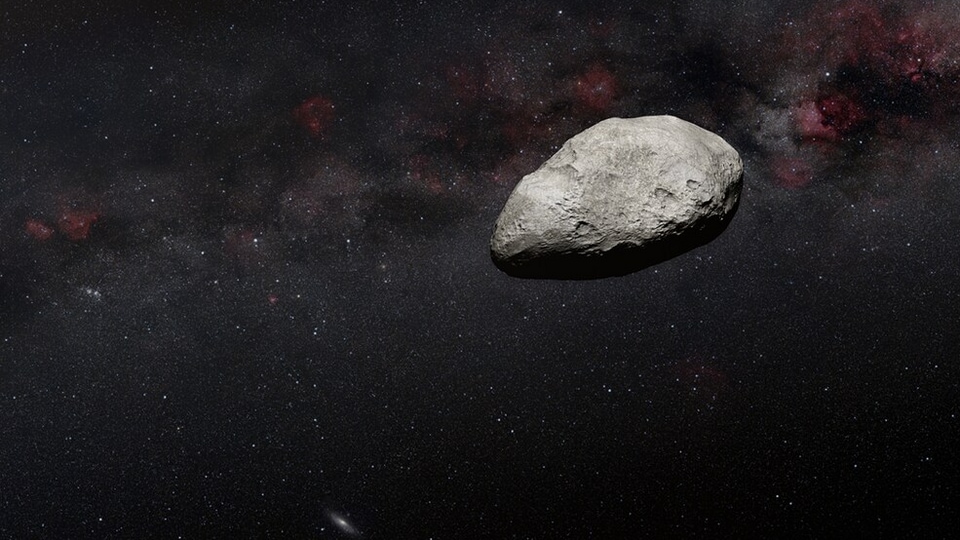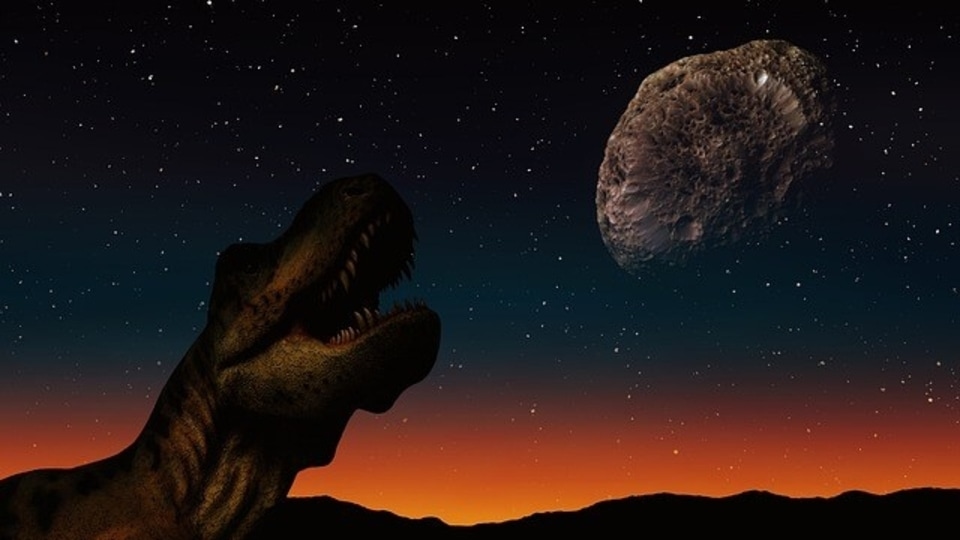Asteroid impact - What if a planet-killing space rock did crash on Earth?
What if an asteroid actually hits Earth? Would life be killed off totally on Earth, or would any organism survive?






 View all Images
View all ImagesWhenever asteroids have hit Earth, they have impacted lives, and by doing so, these space rocks have time and again changed the course of history. Although asteroids make close approaches to Earth nearly every day, none of them are big enough to potentially threaten life on Earth. But what if an asteroid, which is capable of ending life, actually hits Earth?
Apocalyptic movies like Armageddon or Deep Impact have explored the possibility of a total annihilation of life on Earth. These “What Ifs” of world destruction have always captured the minds of sci-fi geeks. But a real-life impact, such as the one which marked the extinction of dinosaurs, would be much different from the one seen in films.
What would happen after the asteroid impact?
As soon as the asteroid would hit, dust and smoke would cloud the atmosphere. Land-based impacts would be much more disastrous than if the asteroid impacted in the oceans. Land impact would give rise to earthquakes, tsunamis, hurricanes and other natural calamities due to the increased kinetic energy; studies reveal. If the asteroid crashed in the oceans, the amount of water vapour in the atmosphere would skyrocket.
Seven effects are associated with asteroid impacts - heat, pressure shock waves, flying debris, tsunamis, wind blasts, seismic shaking and cratering, and they all would contribute to the extinction of life on the planet.
Loss of life
According to a study led by Clemens Rumpf of the University of Southampton, published in the Geophysical Research Letters, wind blasts and shock waves arising due to the impact would cause the most casualties in the beginning. The heat generated by the impact would cause as many as 30% casualties. Tsunamis would be the next disaster that would claim at least 20% of the lives.
The aftermath
When the dinosaur-killing asteroid crashed on Earth on the Yucatan Peninsula in Mexico nearly 65 million years ago, it killed nearly half the plant species as well as any mammal bigger than a rat. Earth would suffer the same now. The dust and smoke clouding the sky would block sunlight for months and the climate would be altered, ending the chances of survival for any big organism. But even though all may seem lost, that would not be the case.
As Hollywood actor Jeff Goldblum eloquently said in Jurassic Park, “Life finds a way”. Just like the ferns which grew just years after the asteroid impact 65 million years ago, and the small mammals that proliferated just 100,000 years later, life would eventually come back on Earth, but it would likely be of a different form as is clear from the dinosaur example.
Catch all the Latest Tech News, Mobile News, Laptop News, Gaming news, Wearables News , How To News, also keep up with us on Whatsapp channel,Twitter, Facebook, Google News, and Instagram. For our latest videos, subscribe to our YouTube channel.

























